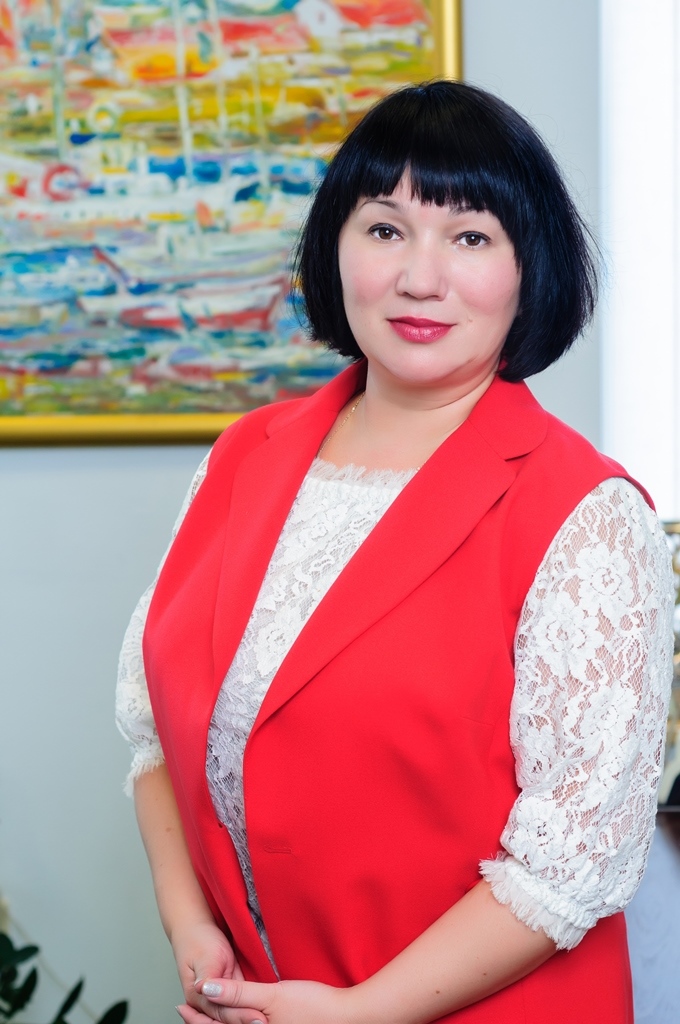
«Farmer» magazine, April 2018
Larysa Bondarieva
Board Member in charge of corporate business, SME and agri-agro of Credit Agricole Bank
Ms. Bondarieva, what was the past year like for Credit Agricole Bank?
We are satisfied with the past year as we finished it with good results, in particular in the agri-agro segment. Currently, our bank is a partner for over three thousand agro customers. We serve all customer segments, from international companies and powerful local agro holdings to SMEs. In fact, the segment of small and medium-sized businesses showed a significant increase in the loan portfolio last year - it doubled in comparison with 2016 and reached the amount of 1.2 billion hryvnias. The major part of new issues was represented by working capital loans, in other words, seasonal finance. 10% was the share of documentary transactions (bills, guarantees).
How important is agrarian segment for Credit Agricole Bank?
Half of the corporate loan portfolio of Credit Agricole Bank consists of enterprises related to the agro sector. This is a significant amount given that the risks inherent to the agro sector differ significantly from those of other businesses.
Since agricultural segment is really important for Credit Agricole Bank, we decided to deepen our own agro expertise which is a unique advantage of Credit Agricole Bank. Several years ago, we set up a dedicated department for supporting agricultural business, which consists of profile analysts, agro experts and specialists dealing with partnership programs. This approach proved to be efficient, and therefore we increased the headcount of agro experts last year. Now they work not only in the Head Office, but also in the macro regions: the Eastern, Western and Southern. This evidences the bank's desire to be closer to its customers. As Credit Agricole Bank is a part of a powerful financial group, we have access to agro expertise of our colleagues from other countries.
Agro experts spend up to 70% of their working time directly in the fields. They are responsible for continuous monitoring of crops’ condition. As a result, the bank is aware of the real situation with businesses of its customers. Thus, when a farmer needs and applies for additional financing, it is much easier for the bank to approve it.
Besides, the function of agro experts is not just to monitor, but also to advise agrarians, give tips in difficult situations and facilitate communication between a customer and the bank.
What is the situation with lending for purchase of agricultural machinery?
Last year, we increased funding under partnership programs for purchase of agricultural machinery fourfold. It is estimated to be 30% of the total loan portfolio of agrarian customers in SME segments. If in 2014-2015 agrarians reduced their investment appetites, now their interest in development is gradually recovering. While in 2016 every second application contained a request for investment financing, in 2017 this type of loan was requested in each application. Within this segment, the biggest share of loans (60%) was issued for purchase of self-propelled machinery, 20% - for towed machinery, and the remaining 20% for warehouse capacities and irrigation.
Besides, we apply a comprehensive approach: when we meet customers and assess their businesses, we can offer them investment limits for purchase of machinery even if the current purpose of the agrarian is a working capital loan.
We are actively developing partnership programs not only in the area of agricultural machinery, but also of fertilizers, CPPs and seeds. In total, we have more than 30 programs and we intend to increase this number.
Which key lending trends are observed in the segment of powerful agro companies?
The companies belonging to the segment of 10-20 thousand and more hectares are becoming keener to build grain terminals and purchase elevator equipment. Due to logistics problems and shortage of railway cars, some customers began to actively invest in their own grain transportation fleet. Big business and international companies continue to build port facilities for grain transshipment.
Another need of our customers if organization of oilseeds, not only sunflower, but also soybean and rapeseed, processing.
What has fundamentally changed in lending conditions of Credit Agricole Bank?
We used to work only with the businesses cultivating at least 400 hectares of land, but now we have reduced the threshold to 200 hectares. Besides, the down payment for the machinery and the collateral coverage ratio for small and medium-sized businesses have been decreased. We have also adapted processes within the bank in order to maximize the speed and simplify the loan approval process.
Does the feedback from customers confirm the efficiency of the innovations introduced by Credit Agricole Bank?
Independent survey conducted by GFK Ukraine proves the effectiveness of the bank's work with agrarians. Based on its results, the customer recommendation index of Credit Agricole Bank in the agrarian sector is 68%, which is the largest market indicator in the agrarian segment. We have consistently maintained our leadership for many years and we will continue to focus our efforts on improving cooperation with agro business.
Interview by Larysa Bondarieva


 Useful information
Useful information
 Useful information
Useful information
 Useful information
Useful information
 Useful information
Useful information
 Useful information
Useful information
 Useful information
Useful information
 Useful information
Useful information
 Useful information
Useful information
 Useful information
Useful information
 Useful information
Useful information
 Useful information
Useful information
 Useful information
Useful information
 Useful information
Useful information
 Useful information
Useful information
 Useful information
Useful information







